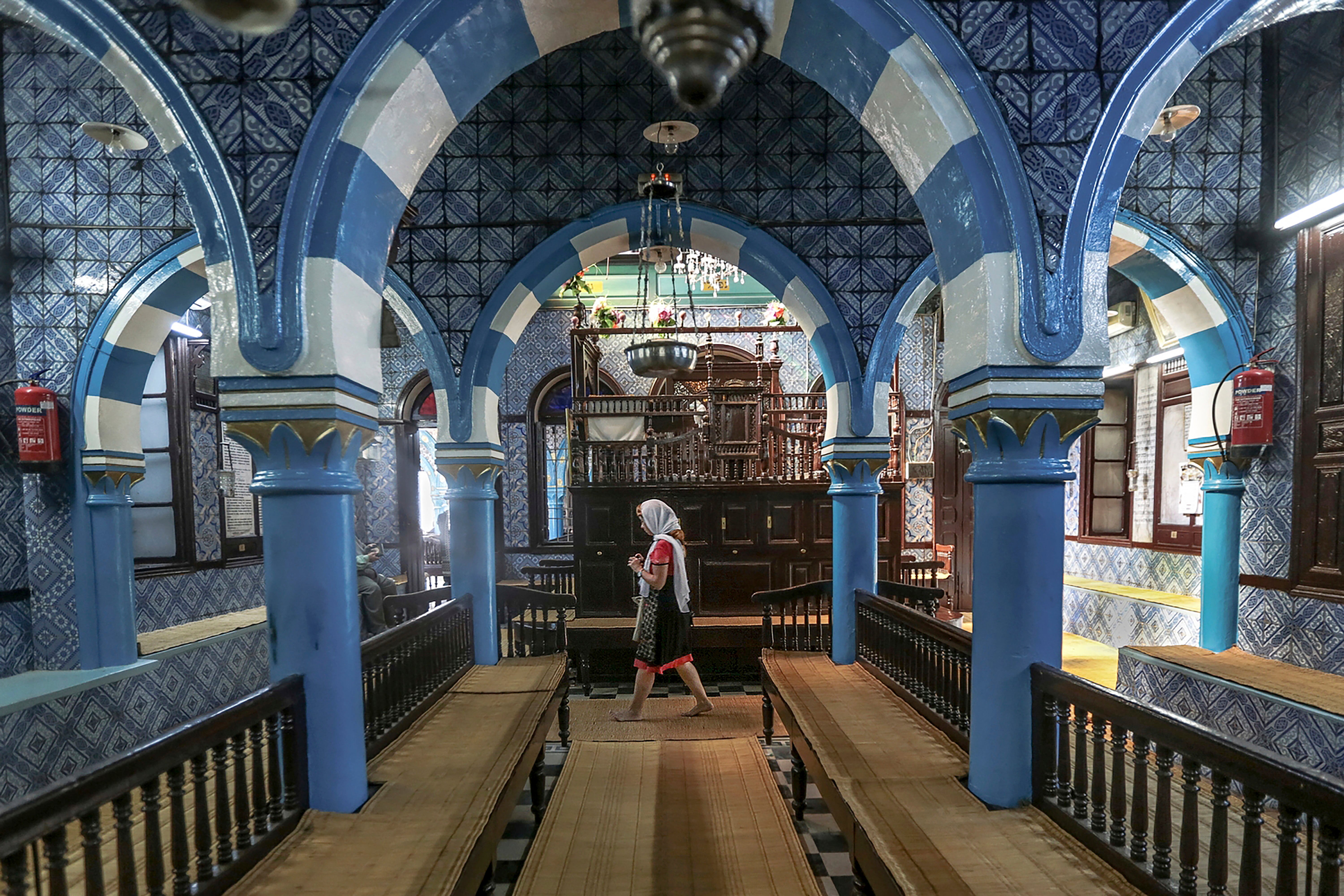Nestled in the southern Mediterranean, off the south-east coast of Tunisia, lies the island of Djerba. With a rich cultural and religious history, it has been a crossroad of many civilisations, including the Phoenicians, Romans, Byzantines and Arabs, and is home to many unique architectural sites. These include the Sedouikech underground mosque, St Joseph’s Church and the El Ghriba Synagogue.
But, for many years, Djerba’s cultural heritage has been in danger. This is due to a combination of over-tourism, environmental change and human neglect.
By the 1990s to early 2000s, when Djerba was at the height of its popularity, the island was attracting between 1 million and 1.5 million visitors each year. It is one of Tunisia’s most popular tourist areas, with more hotels than any other destination in the country.
Tourism has resulted in excessive tourist traffic in Djerba, particularly during the summer. It has also contributed to other problems such as water stress and waste generation. According to figures from 2020, hotels alone generate between 35% and 40% of all the waste on the island.
But the development of tourism has, above all, altered Djerba’s cultural landscape. In some areas of the island, Djerba’s traditional housing – houmas, menzels and houchs – have given way to more modern tourist infrastructure.

This has accelerated since Tunisia’s 2011 revolution, when long-time dictator Zine El Abidine Ben Ali was ousted. Weak institutional oversight has led to vandalism, illegal construction on archaeological sites and unauthorised demolitions.
The development of tourism on Djerba has also eroded traditional ways of life. The island has experienced significant changes due to tourism, with the development of roads, ferries, an airport and the internet leading to a decline in traditional activity. Livelihoods like agriculture, fishing and artisanal crafts have declined and are often now showcased only in tourist areas.
Climate change has worsened Djerba’s problems. Rainfall patterns have changed across the island over recent decades, with models suggesting that annual precipitation rates could drop 20% by the end of the century. More frequent and prolonged droughts are expected.
At the…
Click Here to Read the Full Original Article at The Independent Travel…
